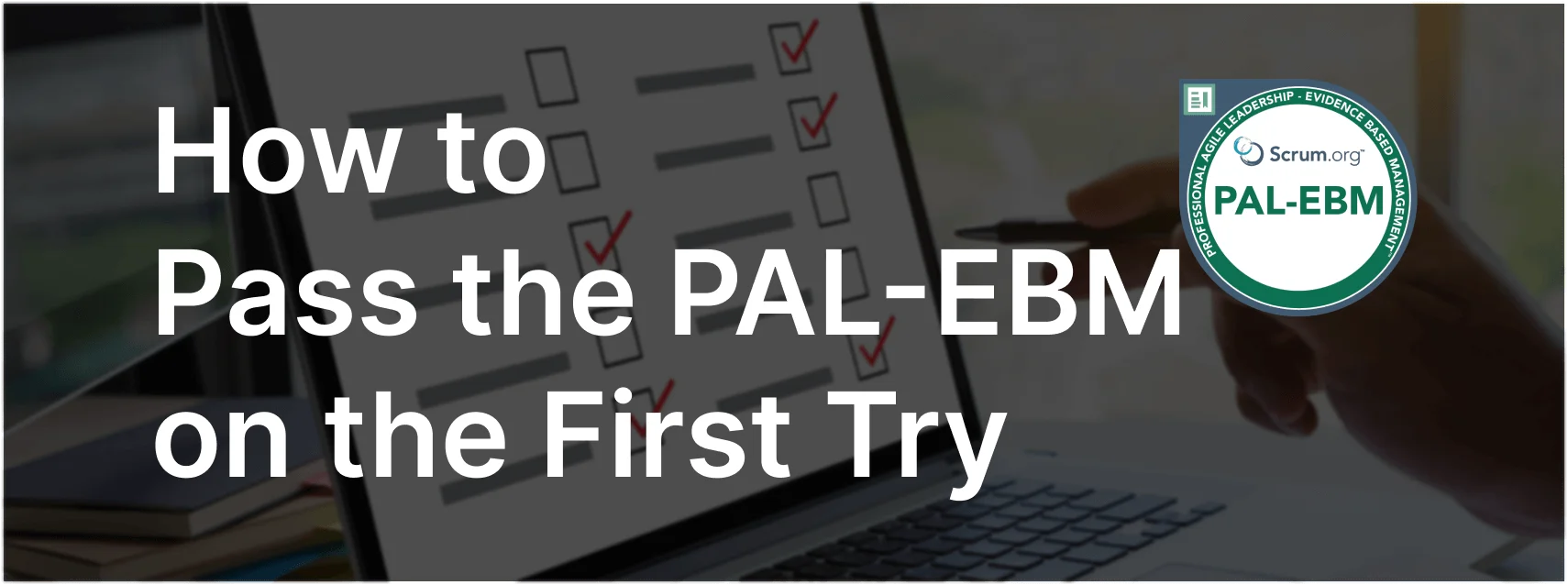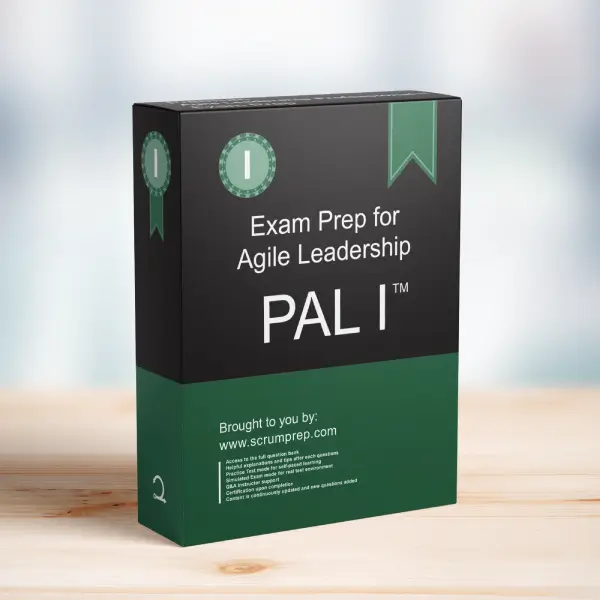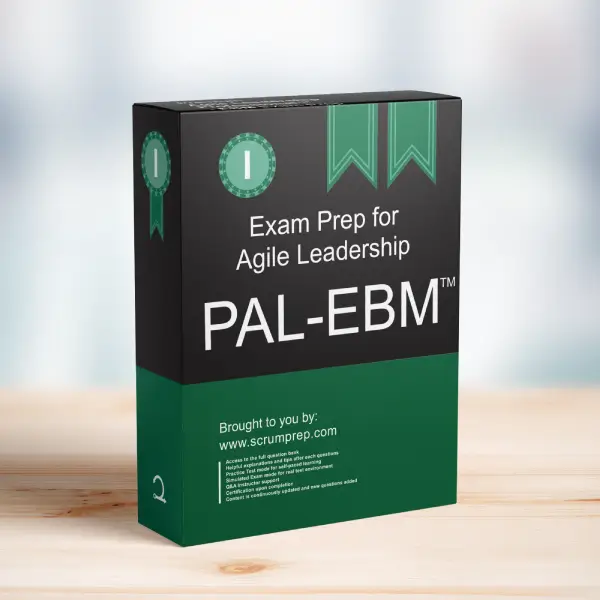Addressing Unexpected Experiment Results
In Agile product development, experiments are essential for validating assumptions and guiding decision-making. When an experiment yields unexpected results, it is crucial to understand the underlying causes before proceeding. This article examines how to respond when a feature expected to be widely used does not meet expectations despite achieving its intended effect.
Exam Question
Your product is used by millions of people. You devise an experiment to test whether a particular feature, which you expect to be widely used, achieves its intended effect. Your data shows that it does, but the response is far lower than you expected. What should you do?
(choose the best answer)
A. Devise a new experiment to understand whether usability issues are preventing use.
B. Re-run the experiment for a longer period to gather more responses.
C. Accept the result of the experiment and move on to work on additional features.
Correct Answer
A. Devise a new experiment to understand whether usability issues are preventing use.
Explanation
Correct Answer
A. Devise a new experiment to understand whether usability issues are preventing use:
When an experiment achieves its intended effect but the response is lower than expected, it indicates a potential issue with how users interact with the feature. Usability issues can prevent users from fully engaging with a feature, even if it provides the desired benefits. By devising a new experiment focused on usability, you can identify and address these issues, potentially increasing the feature’s usage.
Why the Other Options Are Less Relevant
B. Re-run the experiment for a longer period to gather more responses:
While gathering more data can sometimes provide additional insights, it is unlikely to address fundamental usability issues that prevent users from engaging with the feature. A focused usability experiment is more likely to identify specific barriers to use.
C. Accept the result of the experiment and move on to work on additional features:
Moving on without understanding the low response rate could mean missing an opportunity to improve a valuable feature. Addressing usability issues can enhance user engagement and satisfaction, providing greater value from the feature.
Benefits of Addressing Usability Issues
- Enhanced User Experience: Identifying and fixing usability issues ensures that users can fully benefit from the feature.
- Increased Feature Adoption: Improving usability can lead to higher adoption rates, making the feature more successful.
- Better ROI: Ensuring that a feature is widely used maximizes the return on investment for the development effort.
- Informed Decision-Making: Understanding usability barriers provides valuable insights for future feature development and enhancements.
EBM Framework Insights
- Current Value (CV): Enhancing usability directly impacts current value by improving user satisfaction and engagement.
- Unrealized Value (UV): Identifying usability issues and addressing them can unlock potential value that users might not be experiencing due to barriers.
- Ability to Innovate (A2I): Understanding and resolving usability issues fosters a culture of continuous improvement and innovation.
- Time to Market (T2M): Addressing usability issues efficiently ensures that valuable features are delivered and adopted more quickly.
Relevance to the PAL-EBM Exam
Understanding how to respond to unexpected experiment results is crucial for the PAL-EBM exam. This knowledge demonstrates the ability to apply empirical principles to drive continuous improvement and ensure that features deliver their intended value.
Key Takeaways
- Usability issues can prevent users from engaging with features even if they achieve their intended effect.
- Addressing usability issues through focused experiments can enhance user experience and feature adoption.
- Understanding and resolving barriers to use maximizes the return on investment for development efforts.
- Empirical approaches, such as running usability experiments, are essential for continuous improvement and innovation.
Conclusion
When an experiment shows that a feature achieves its intended effect but has lower-than-expected usage, it is important to investigate potential usability issues. By devising and running focused experiments, you can identify and address barriers to use, enhancing the feature’s adoption and value. For more information on preparing for the PAL-EBM exam, visit our Professional Agile Leadership PAL-EBM™ Exam Prep.





